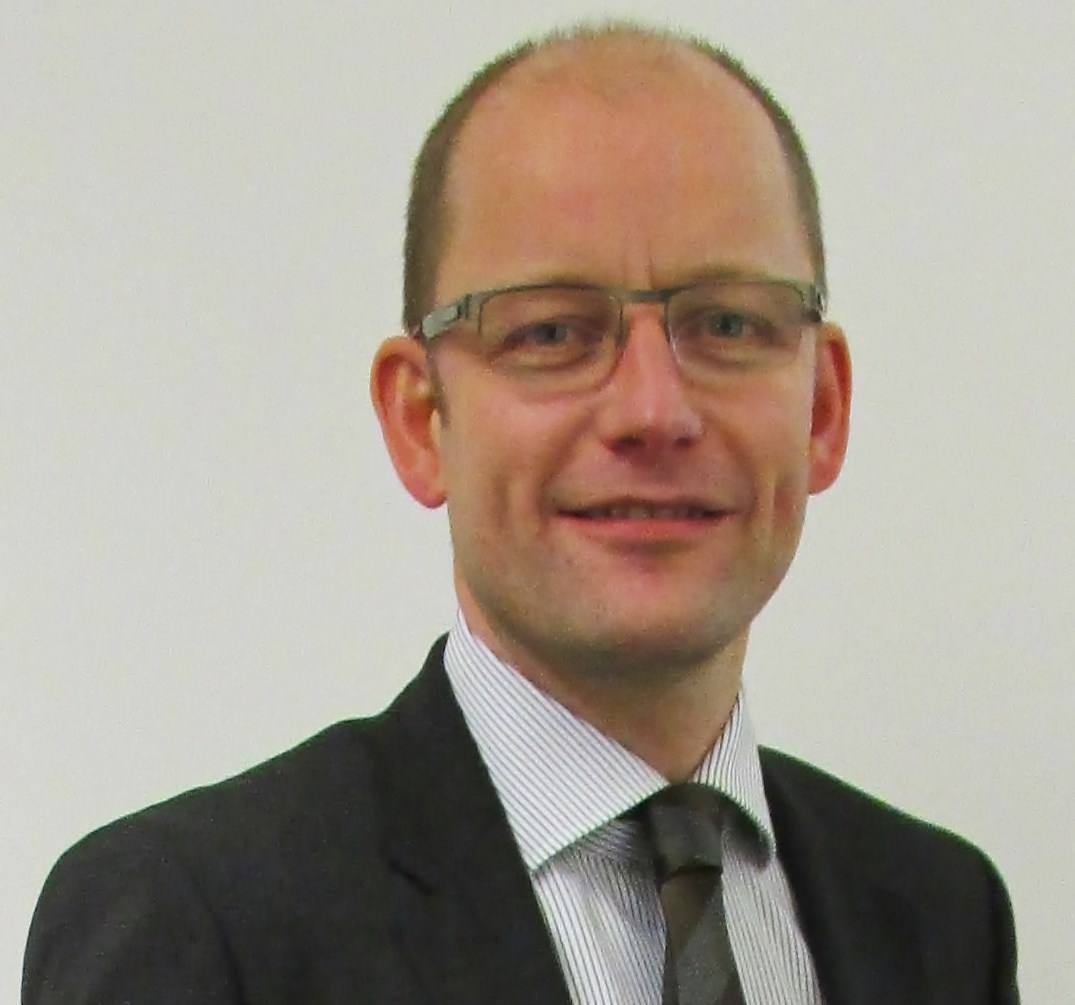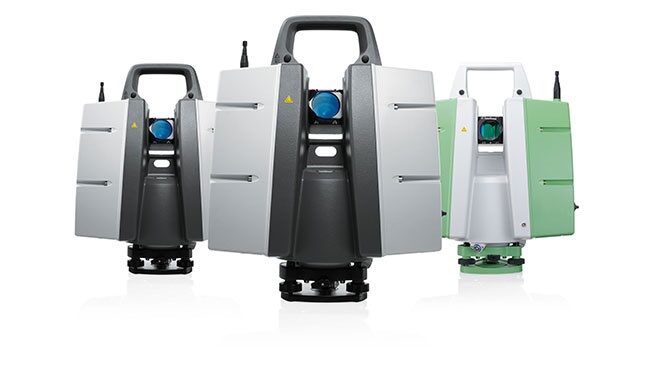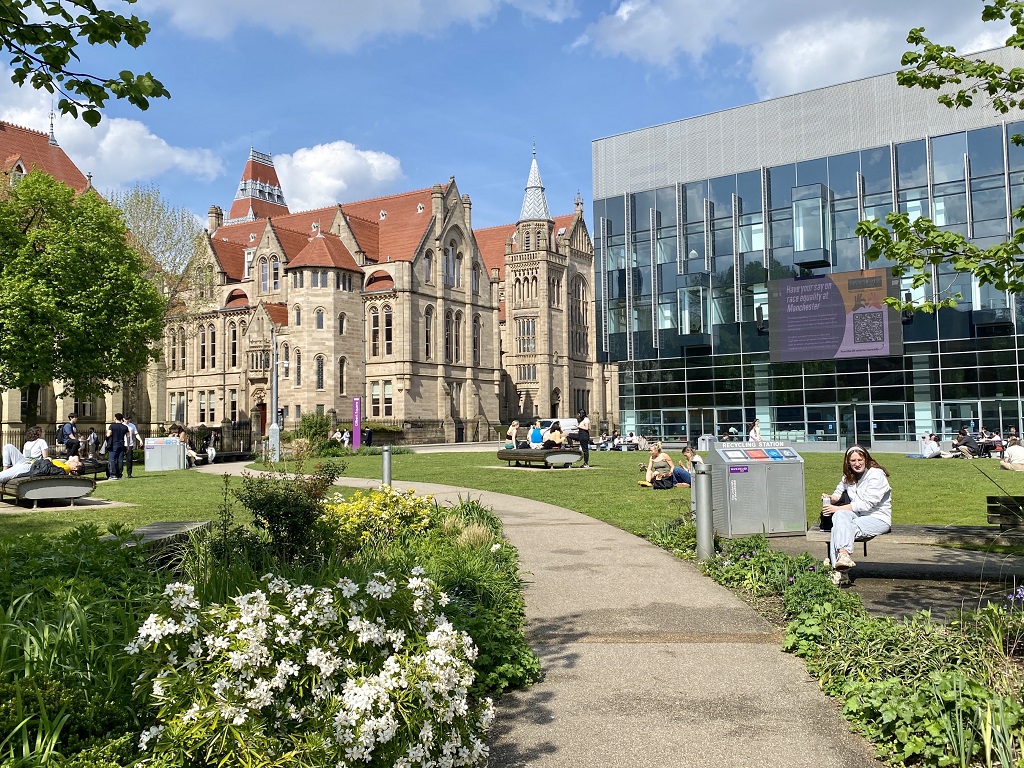PlaceTECH | Don’t stop innovating
 Property technology, often dubbed proptech for short, as a phenomenon is a fairly new thing, but as an industry property has actually been fairly good at adopting new technologies, writes Michael Robinson.
Property technology, often dubbed proptech for short, as a phenomenon is a fairly new thing, but as an industry property has actually been fairly good at adopting new technologies, writes Michael Robinson.
New technology is being developed at a rapid rate and as someone who oversees the implementation of new ‘kit’ across 19 offices in the UK and Europe, the biggest challenge I have is establishing what is going to enhance our working practices and what is just a change for change’s sake.
I am often asked ‘when will demand for IT innovation stop?’ My answer is Never!’
It is important to get out and engage with the sector; talk to clients and go to proptech forums because individually they might address one small niche or discipine’s challenges but together they represent a shift in thinking. There is a growing community of innovators and our task is to work out which is going to advance our working practices so that we don’t stagnate.
Here is my take on the top proptech innovations that have really changed the way we work:
Building Information Modelling (BIM)
There isn’t a day that passes when I don’t receive something about BIM and I’m sure I’m not alone. Whilst some of this may be marketing hype, BIM is part of the inevitable digitisation of construction and real estate that begins to take us where other sectors such as retail, automotive and gaming have been for many years. The 2016 BIM Level 2 mandate from government is a key driver for digital change, but the practical implications of BIM are often misunderstood with a fixation on the 3D models and Autodesk Revit. BIM actually has the potential for so much more and should be used to cover people, processes and technology. It can improve the way information is shared internally and with clients, whether they are looking to acquire, refurbish, occupy or optimise the use of buildings and spaces. To help you truly engage with BIM, it is worth joining the BIM4SME community to share and learn from other’s experiences.
Specialist hardware + software
Underpinning BIM is a wide range of specialist hardware and software to support the increased digitisation of services. Some of the best are:
Leica P40 laser scanners: a tool we have put to great use to measure and create digital models of the inside and outside of existing buildings to the nearest millimetre, helping with everything from fit-out planning to checking for building defects that might be missed by the human eye. One of our Manchester partners has even been asked to use it to scan a client’s boat ahead of an internal refit.
EDSL Tas: a building modelling and simulation tool used to dynamically model thermal simulations for the built environment, which allows mechanical and electrical, energy and sustainablity consultants to accurately predict energy consumption, CO2 emissions, operating costs and occupant comfort. Tas can be utilised for UK regulatory work, including Part L2 assessment and EPC certification.
ecoBIM: Our Rights of Light team is working directly with EDSL on the future development of their ecoBIM product, a tool for checking that architectural designs comply with the UK Building Regulations Part L2, including CO2 emissions and Criterion 3 solar gain and daylight studies. A product to watch out for in the near future.
Mobility and automation
With a national team that works together on clients across the country, we have a lot of staff moving around all the time. Our Manchester office has hot desks for this and we have started using a Condeco desk booking system, which allows staff to book desks from their mobile phones and coupled with Condeco desk occupancy sensors and management information we have been able to build a very accurate picture of office occupancy trends and space needs.
Video conferencing is not a new thing, but with competition from free tools such as Skype, professional software has had to up its game. For businesses with lots of offices and a wide geographic spread, video conferencing can be key to maintaining a collaborative national/international team. Vidyo has come up with the goods as a software based video conference system and is something we have implemented across most offices over the past year, using it for meetings, training seminars and interviews.
Information and data analysis
Surveyors collect huge amounts of information about properties and need to provide comprehensive reports to clients on individual properties and their entire portfolios. The world of data and ‘big data’ with the integration of massive data sets create a whole world of potential uses and is something that as an industry we are desperately trying to get to grips with.
We are starting to utilise an extensive range of external but incomplete data sources which is becoming a focus of many of the proptech start-ups, such as Datscha and Rialto.
- Michael Robinson is business transformation and technology partner at Manchester-based building surveying firm Malcolm Hollis.




